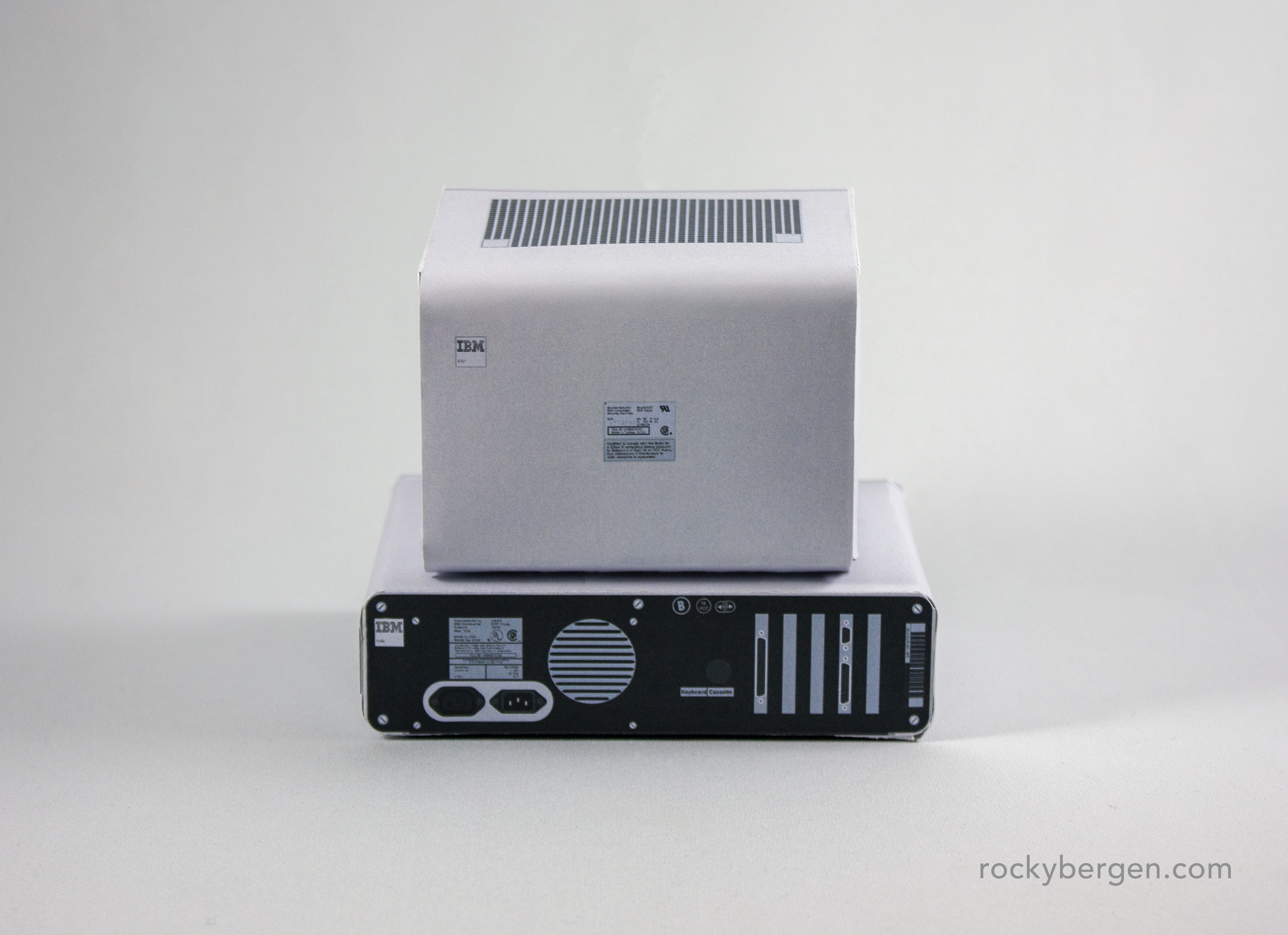The ZX Spectrum was all but absent from the Canadian market in its heyday but that didn’t mean I wasn’t interested in the system. I have watched enough hours of gameplay on YouTube to get that many of the games developed in the UK were merciless usually requiring pixel perfect precision under cruel time constraints. While “Nintendo Hard" may be an honoured title amonthst many North American gamers, “ZX Spectrum Hard” appears to be on another level entirely.
Sir Clive is my favorite tech maverick.
Chucky Egg is pretty awesome.
When I design a new papercraft pattern I create the computer itself, any key peripherals and a monitor. The ZX Spectrum release pitch was that a family could save money by using a household television and portable cassette player over expensive proprietary devices.
Needing to think outside the box, I consulted the 1982 Dixons Summer Catologue and it recommended bundling “your new ZX Spectrum with the Contec KTN-3732 Portable Color TV and the Dixons TR12 Cassette Recorder”.
Sinclair ZX Spectrum - Computer and Dixon's Cassette Player
Contec televisions - Light and dark grey
Crosse & Blackwell - Baked Beans
Ant Attack is a cool looking game. Talented artists worked magic with the system.
To help keep you fueled while making this papercraft, I have also included a period-correct tin of Crosse & Blackwell Baked Beans.
If you like this post please consider sharing or leaving a like below.
Follow me on Twitter and Instagram for new papercraft design announcements.
You can download the Sinclair ZX Spectrum papercraft design here.





